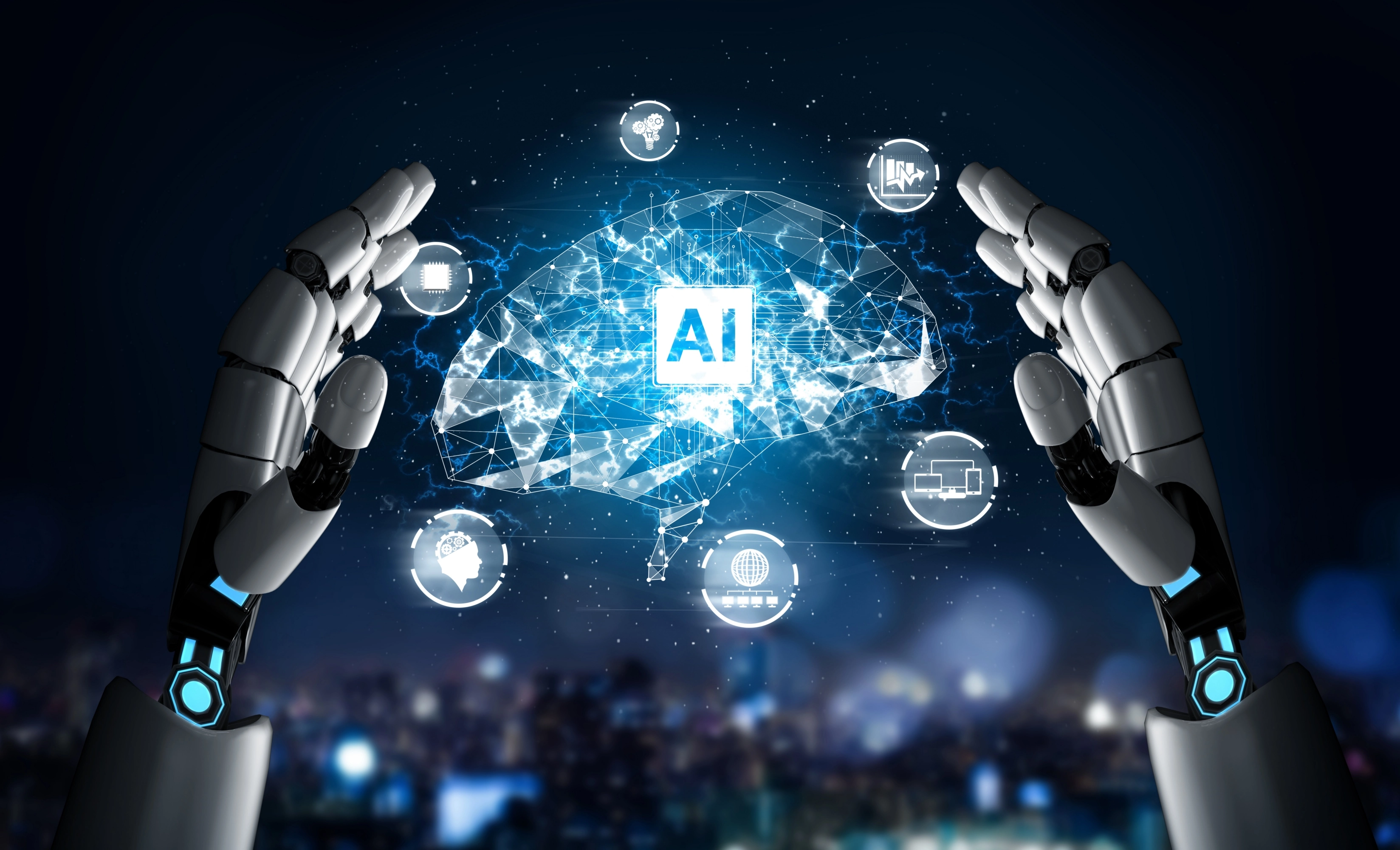Beyond Laptops and Smartphones: The New Era of AI-Native Devices
The AI revolution isn’t just changing how we use our current devices—it’s about to rewrite what devices are. In the past, computing moved from desktops to laptops to smartphones. But that paradigm is already being outgrown. The next generation of hardware won’t just be "smart"—it will be intelligent, adaptive, and integrated into the fabric of everyday life in ways we’ve never imagined. What’s coming is a new ecosystem of AI-native devices—where artificial intelligence isn’t a feature, it’s the foundation.
1. AI Companions: The Post-Smartphone Personal Node
Imagine a wearable or portable AI node—a sleek, palm-sized device or even a pin on your collar—that replaces your phone. It has no screen, because it talks to you. It has no keyboard, because it listens. It connects to the internet from anywhere on Earth, using satellite-based global coverage. It doesn’t use apps—it builds microtools and interfaces on the fly based on your intent, using generative AI. It’s personalized, contextual, predictive, and even emotional.
This device doesn’t store your data—it secures it cryptographically on-chain or on a distributed edge network. And with AI acting as a semantic layer, it knows what you mean, not just what you say.
2. Ambient AI in Smart Environments
The smart home will evolve into an aware home. Instead of isolated IoT gadgets, we’ll see unified, AI-orchestrated systems:
-
AI kitchens that learn your nutrition needs and cook accordingly.
-
AI bathrooms that analyze your health through routine biological readings.
-
Furniture with embedded AI that tracks your posture, sleep, and stress and auto-adjusts accordingly.
The AI doesn’t live in a speaker—it lives in the walls, in the light, in the air. Every surface can become a sensor. Every object becomes intelligent. With AI fused with ubiquitous IoT, the environment itself becomes a user interface.
3. AI-Driven Transportation Pods
Autonomous vehicles will no longer be cars as we know them. Instead, they’ll become rolling living spaces, powered by:
-
AI copilots that know your schedule, mood, and preferences.
-
Satellite connectivity, making every vehicle a data node.
-
Crypto wallets built into the vehicle for decentralized tolling, ride-sharing payments, and carbon footprint tracking.
-
Augmented reality windows that overlay context-aware information as you move through the world.
These pods will be your mobile office, your meditation space, your lunch booth, or your entertainment center—all based on your context, powered by AI and edge-cloud compute.
4. Bio-AI Wearables and Implants
AI-powered health is about to leap forward:
-
Neural interfaces like those being developed by Neuralink will eventually enable thought-to-action computing.
-
Smart tattoos and skin patches will offer real-time biometric feedback—hydration, glucose, blood pressure, even emotional states.
-
Personal AI health assistants will monitor your physiology continuously, able to predict illness before it manifests and recommend personalized interventions—nutritional, pharmaceutical, or behavioral.
This is healthcare moving from reactive to proactive, enabled by bio-integrated AI.
5. AI-Powered Learning Pods and Microclassrooms
Education will unbundle itself from institutions. Imagine:
-
AI tutors in AR glasses, walking you through real-world learning experiences.
-
Knowledge pods—physical or virtual spaces where AI curates learning journeys based on your pace and interest, blending gamification, social collaboration, and intelligent assessment.
-
Crypto-incentivized learning where you earn credentials on-chain that are portable, permanent, and globally verifiable.
Learning becomes ambient, personalized, and lifelong.
6. Decentralized AI Devices for Sovereign Tech Communities
With the convergence of AI, crypto, and mesh networks, you could have:
-
Solar-powered AI hubs in rural villages that serve as communication relays, education centers, and financial nodes.
-
Personal data vaults—hardware you own that trains AI locally on your own encrypted data and negotiates with other AIs on your behalf.
-
AI-powered barter markets where goods, services, and labor are exchanged without centralized intermediaries, coordinated by autonomous agents.
This isn’t just the future of devices—it’s the foundation for new economies and new democracies.
7. Spatial AI + AR Cloud: Reality-as-a-Platform
When you combine AI, AR, and ubiquitous connectivity, you unlock an entirely new layer of reality:
-
Spatial anchors let you leave AI-generated content in the real world for others to interact with.
-
AI field guides overlay data in real-time—architectural history, plant species, atmospheric readings—just by looking at the world.
-
Your personal AI “lens” becomes how you interpret reality—translating languages, detecting lies, simplifying decisions.
This is a browser for the real world—where your body becomes the cursor and AI becomes your interpreter.
8. The AI Fabric of Civilization
All these devices point to a deeper truth: AI is becoming the operating system of civilization. Combined with:
-
Crypto for ownership and trust
-
IoT for sensing and control
-
Quantum computing for optimization
-
Satellite networks for omnipresent connectivity
-
3D printing and robotics for physical instantiation
...we’re not just designing tools—we’re designing new forms of society. New infrastructures. New realities.
Final Thought
The AI-native era will not be defined by a single killer device, but by a mesh of intelligent agents, always learning, always adapting, everywhere and nowhere at once. Devices will fade into the background. Intelligence will become ambient. And we’ll move not just beyond the smartphone—but beyond the idea of devices themselves.



